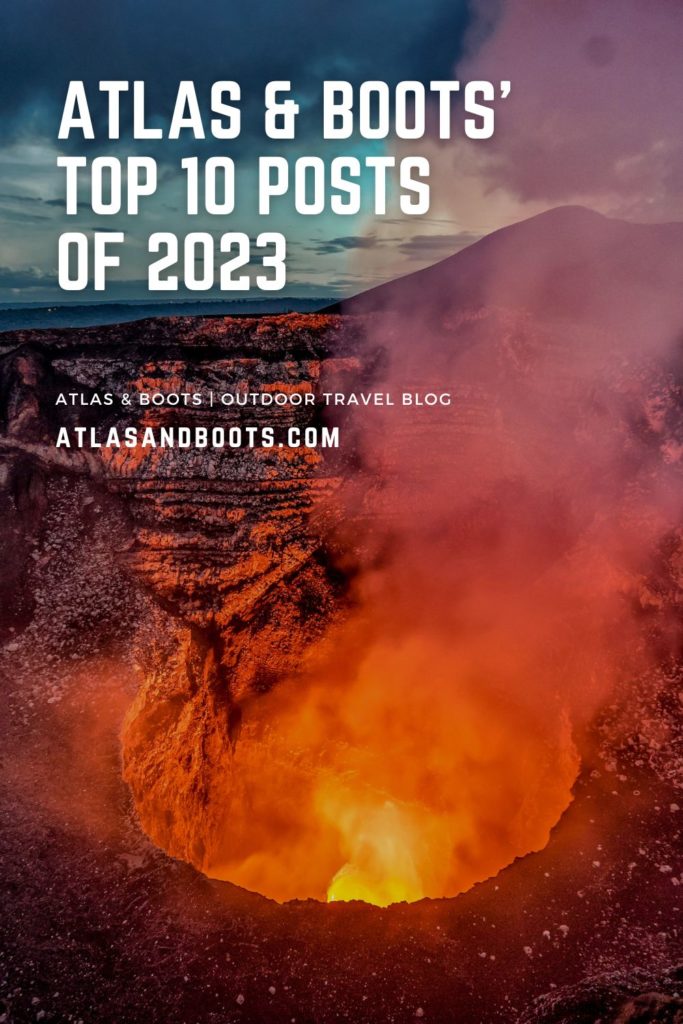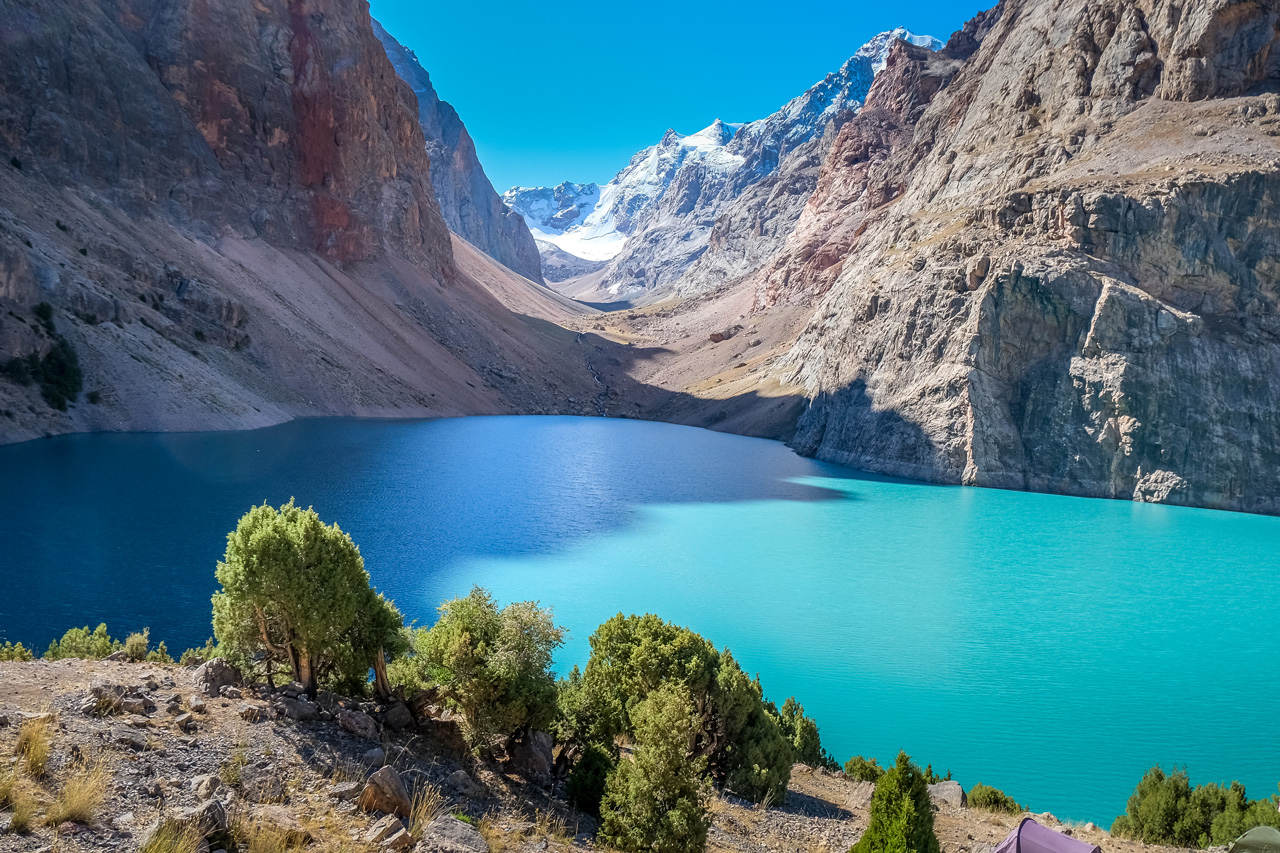After a hiatus from the blog, Kia looks back at our top 10 posts of the year
There’s a slight break from tradition this year here at Atlas & Boots. Our top posts of the year are usually a balanced mix of articles by me (Kia) and Peter. This year, however, all but one are by Peter thanks to my hiatus from the blog.
I had to take a step back this year as I’ve been busy with my main hustle (i.e. fiction). Since January, I’ve published one novel (Those People Next Door in the UK and Perfectly Nice Neighbors in the US), abridged one novel (cutting 90,000 words down to 20,000 as one of six new titles for Quick Reads 2024) and written two other books – but this means that I haven’t been abroad at all. Compare this to 2022 during which I visited 15 countries, as well as Antarctica and the Arctic. The hard graft has been worth it though. I hit the Times Bestseller list for five weeks straight and got to see my book on billboards all over London – a dream come true for any author.
Peter, meanwhile, started a coveted job at UK Antarctic Heritage Trust and held the fort at Atlas & Boots while also squeezing in trips to Tunisia, Israel, Palestine, Uzbekistan and Tajikistan.
We are now preparing for our first trip together this year – a three-week jaunt through India. It will be Peter’s third Christmas in India but my very first time in the country. We’re looking forward to a few weeks of good weather, great food and stunning sights. We’ll be back in the New Year. In the meantime, here are our top 10 posts of 2023.
1. Star Wars film locations: how to find the Force in Tunisia
By Peter
Read Star Wars film locations: how to find the Force in Tunisia
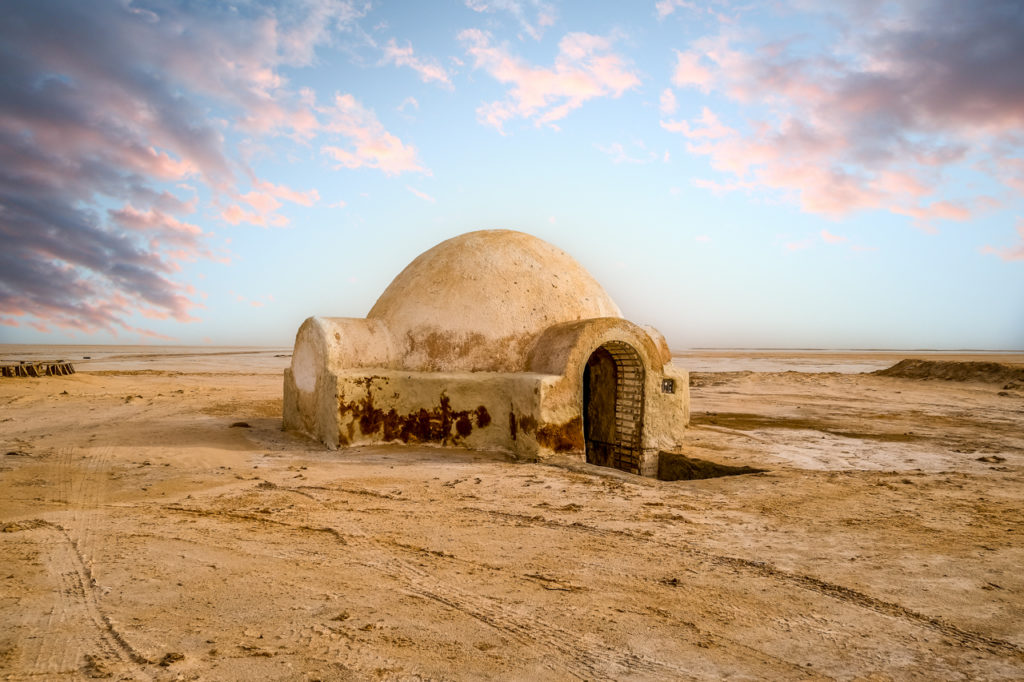
Tunisia is home to golden sandy beaches, superbly preserved Roman ruins, ancient towns with bustling medinas and, of course, the abandoned film sets of four of the six iconic Star Wars movies.
In this post, Peter takes you on a tour of the famous film locations. Whether you’re a die-hard Star Wars fan or – like him – just have fond childhood memories of wielding toy lightsabers with your siblings, you’ll find something to love in the desert planet of Tatooine.
2. How to train for mountaineering: a seven-step plan
By Peter
Read How to train for mountaineering: a seven-step plan
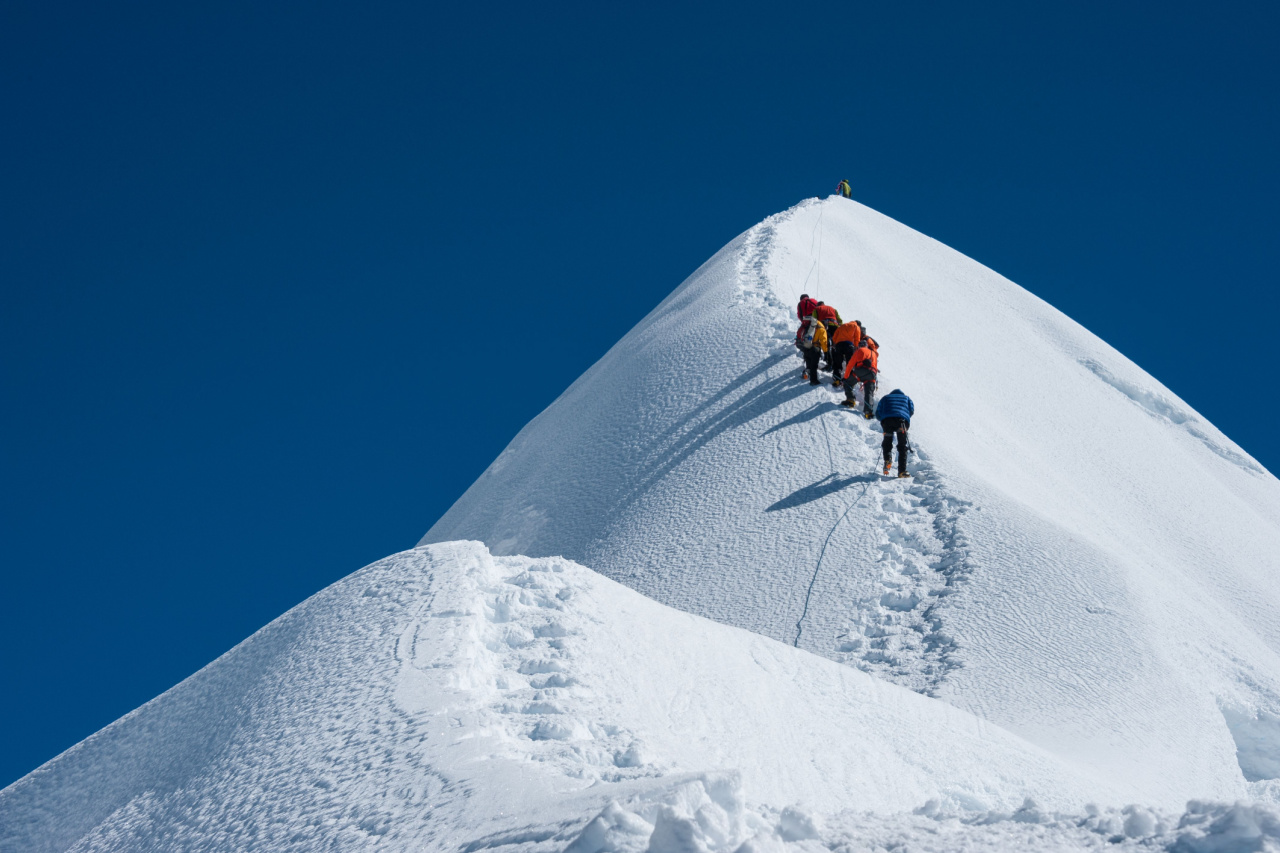
Peter climbed his first high-altitude mountain back in 2010. At 5,895m (19,340ft), Kilimanjaro is Africa’s highest peak and while he had some hillwalking behind him, he had no prior experience of trekking at altitude and didn’t have the right gear. In hindsight, he was fortunate to make the summit considering he was underprepared.
Thirteen years later, he’s climbed four of the seven summits including Elbrus and Aconcagua and completed several high-altitude treks such as Everest base camp and K2 base camp. In this post, he gears up for his next seven summit – Denali in Alaska – and shares the wisdom he’s gained so far.
3. Poles of inaccessibility: the middle of nowhere
By Peter
Read Poles of inaccessibility: the middle of nowhere
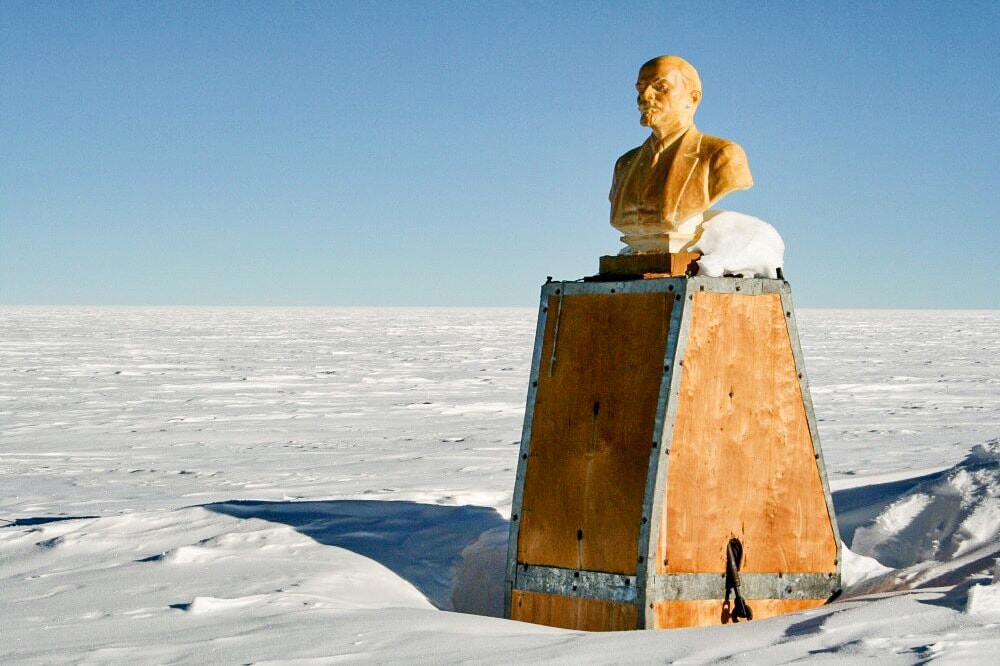
Peter has long been fascinated with the most remote places on Earth and the epic journeys of discovery to reach them. He’s spent countless long mornings lying in bed leafing through giant reference books on the Heroic Age of Antarctic Exploration and even longer afternoons poring over immense maps detailing epic quests across untamed oceans. In this post, he looks at the poles of inaccessibility, which – for the modern explorer – represent the outer limits of our planet.
4. Visiting Chichén Itzá: my seventh wonder of the world
By Peter
Read Visiting Chichén Itzá: my seventh wonder of the world

During our round-the-world trip in 2014-15, Peter and I visited Christ the Redeemer in Rio de Janeiro. It was Peter’s sixth world wonder and while we were pleased to see the statue, we were somewhat underwhelmed by the experience. As such, we approached our visit to Chichén Itzá in Mexico’s Yucatán Peninsula somewhat cautiously. How would the Maya ruins measure up to the other world wonders? Would it wow us like the rose-red city of Petra or the iconic Inca citadel of Machu Picchu? Or would it be a flop like Rio’s statue? Peter muses on the answer.
5. Not for novices: America’s most dangerous hikes
By Peter
Read Not for novices: America’s most dangerous hikes
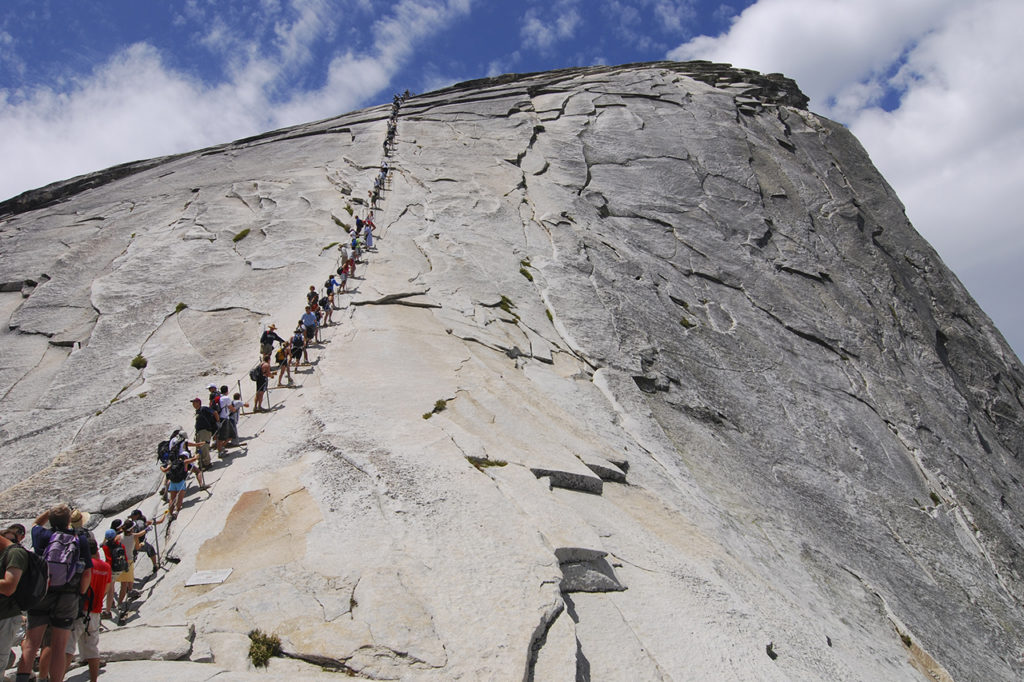
Exposure, crevasses, avalanches – all the usual threats can be found on America’s most dangerous hikes. But there are also a few wildcards that can turn a walk in the park into a dice with death. In this post, Peter looks at the perilous trails where a spot of bad luck, small mistake or slight miscalculation can leave you seriously injured, or even dead.
6. Trekking the Fann Mountains of Tajikistan: all you need to know
By Peter
Read Trekking the Fann Mountains of Tajikistan: all you need to know
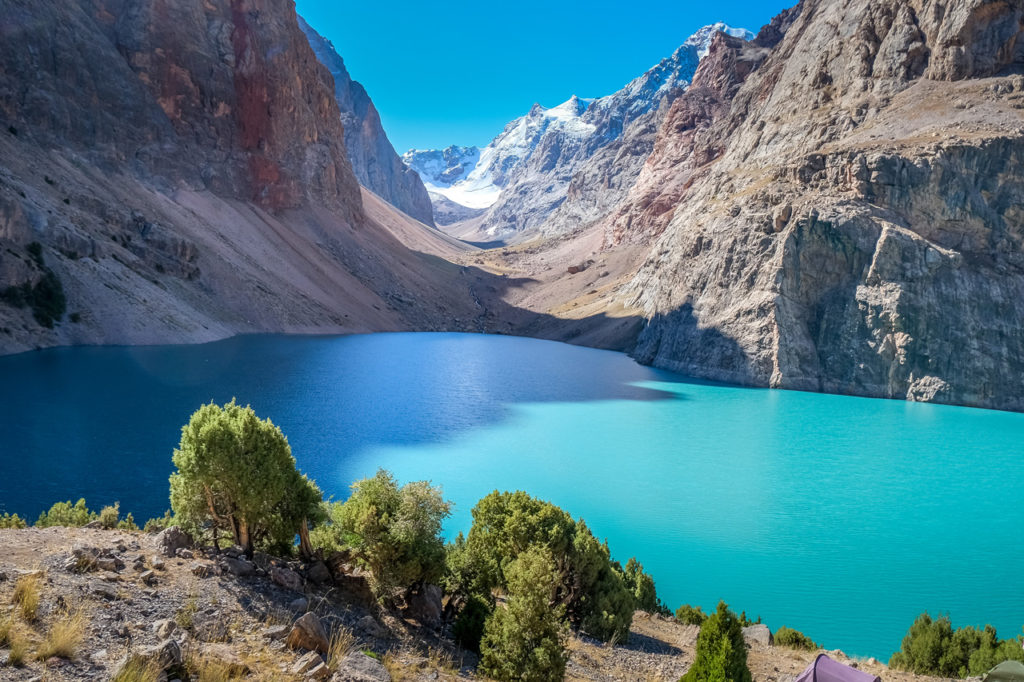
Tajikistan is the smallest of the Central Asian republics. Landlocked, misshapen and squeezed by its neighbours, it has remained largely undiscovered by tourists even though it was at the centre of the Silk Road for much of its past. Following the collapse of the Soviet Union in 1991, the country descended into a devastating five-year civil war.
Fast forward nearly three decades and the tourism industry is still struggling to harness the country’s truly unique selling point: over 90% of its land is considered mountainous meaning that the best trekking in Central Asia is found in Tajikistan. In this post, Peter spends nine days trekking the Fann Mountains of Tajikistan, camping beside glittering emerald lakes, visiting remote mountain communities and crossing thrilling alpine passes.
7. Does using trekking poles really help?
By Peter
Read Does using trekking poles really help?
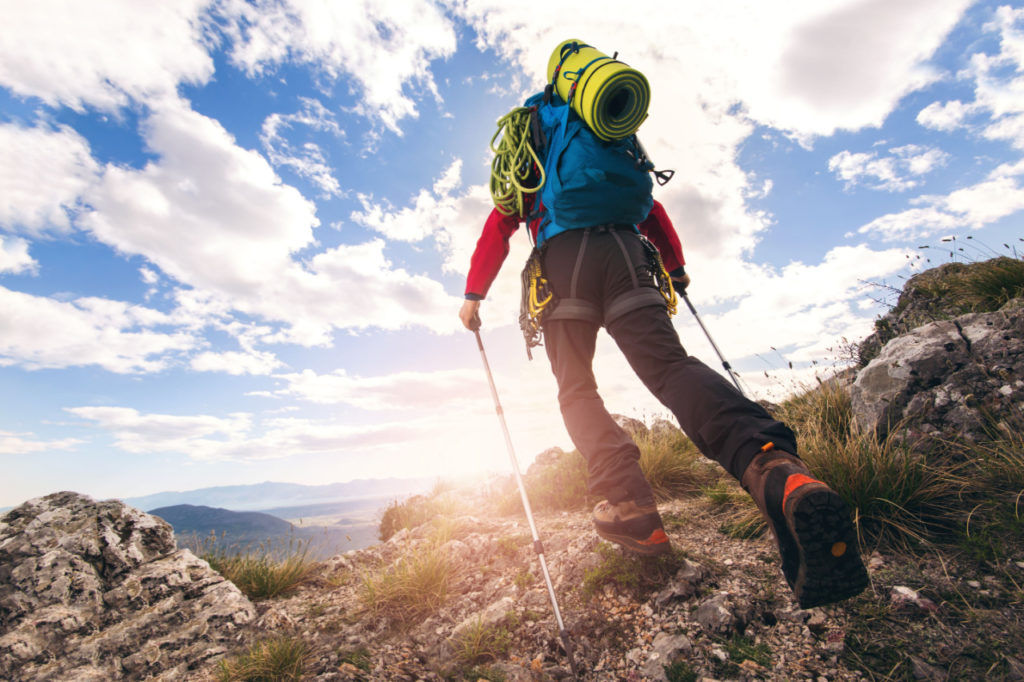
On Peter’s above-mentioned trek through the Fann Mountains, he noticed that one member of the group hadn’t brought trekking poles. Peter – like every other hiker in the group – found this remarkable. They were all firm believers that trekking poles improved balance, reduced load on joints and muscles, aided with walking downhill and carrying heavy packs, and made you hike faster. None of them, however, knew any real facts to back up this received wisdom. In this post, Peter delves into the science in search of a conclusive answer.
8. Most active volcanoes in the world
By Kia
Read Most active volcanoes in the world
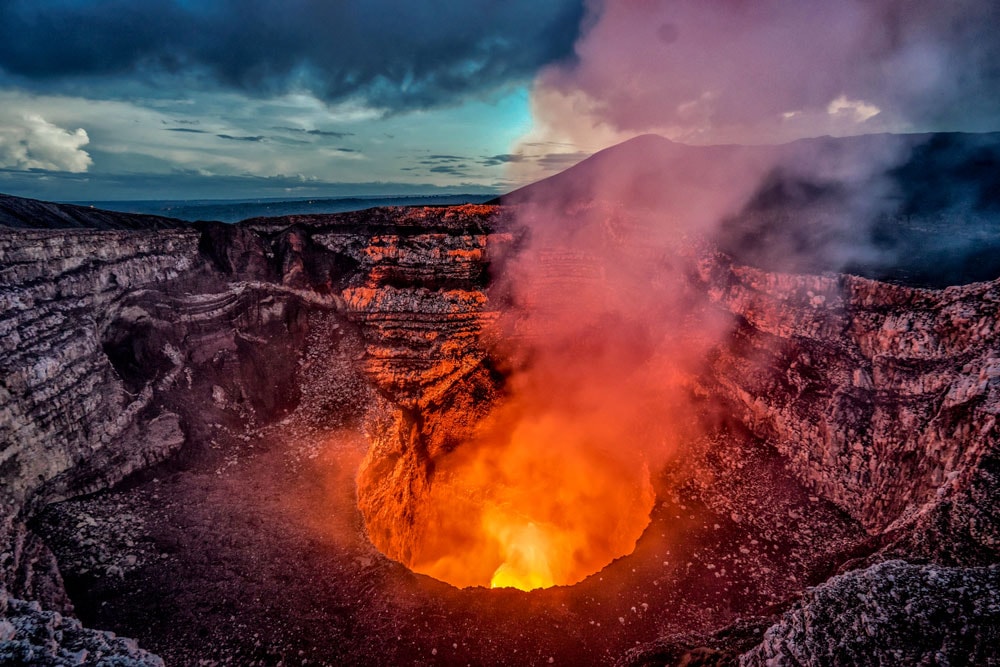
Nature has many fearsome wonders – earthquakes, hurricanes, tsunamis – but none so fearsome as the most active volcanoes in the world. These hellish peaks feature in tales of ardour and heroism, loom over humble settlements and whisper threats of violence and destruction. Though potentially lethal, they hold a magnetic beauty that thrillseekers find irresistible.
Peter and I have visited two active volcanoes – Mount Yasur in Vanuatu and Erta Ale in Ethiopia – and can attest to their deadly beauty. In this post, we chart their most active peers from across the globe.
9. How to visit the San Blas Islands from Panama City
By Peter
Read How to visit the San Blas Islands from Panama City
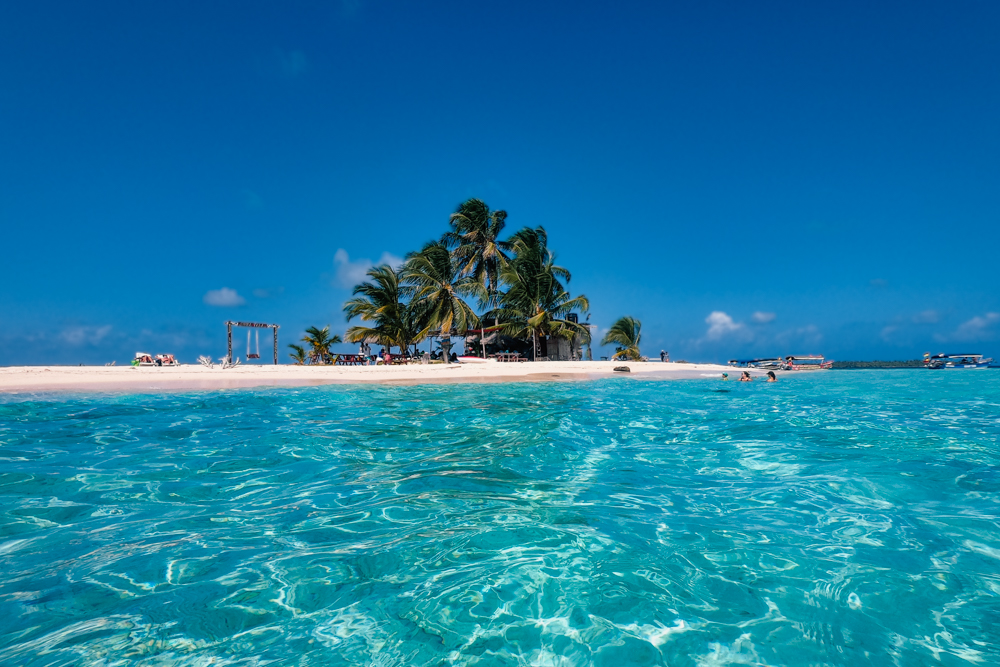
From remote islands in the South Pacific to private resorts in the Indian Ocean, we thought that we had seen the best beaches in the world – and then we washed up on Isla Pelícano in the San Blas Islands of Panama.
Though rustic, this blindingly beautiful archipelago mixes it with the world’s most luxurious beach destinations. In this post, Peter shares how you too can visit this Panamanian paradise, including stops at Isla Pelícano, a tiny island with a simple cafe serving cocktails and cold drinks, and Piscina Naturales, a natural ‘swimming pool’ in the middle of the sea.
10. Tips for visiting Tikal in Guatemala: 11 dos and don’ts
By Peter
Read Tips for visiting Tikal in Guatemala: 11 dos and don’ts
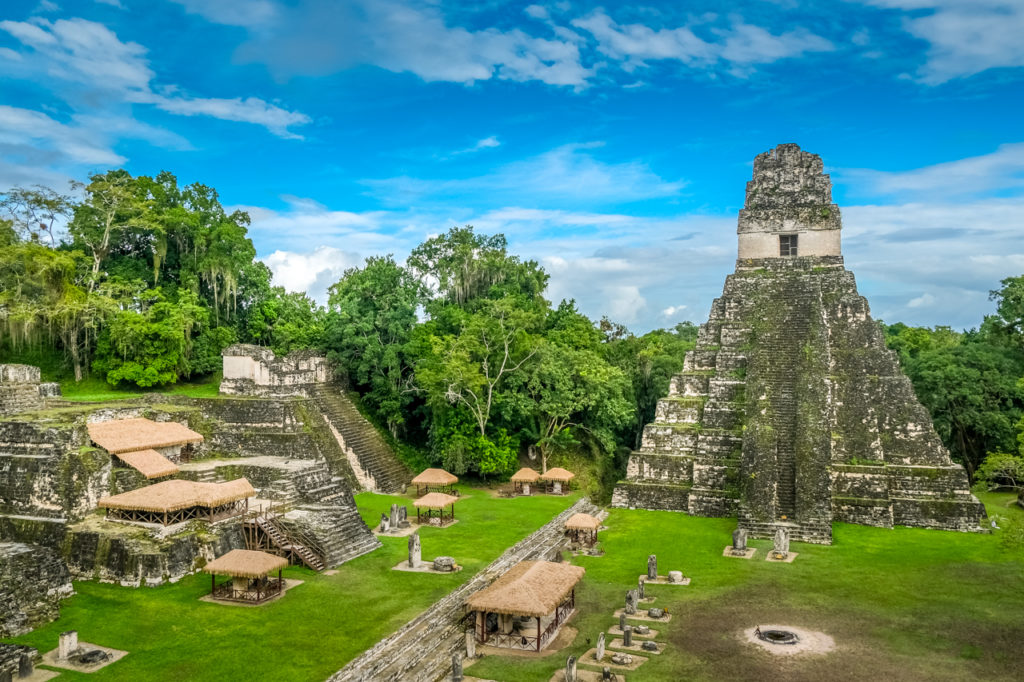
Mexico’s Chichén Itzá may be a world wonder and receive far more visitors, but there are few ancient ruins more atmospheric than Tikal in Guatemala. The steep limestone pyramids of these Maya ruins tower above the steamy rainforest and are imposing from every angle. On the jungle floor, mysterious burial sites and fortifications are carpeted in slippery moss while giant roots and twisting vines envelop the foundations of the great temples. In this post, Peter shares his tips for visiting these world-class ruins.
Enjoyed this post? pin it for later…
